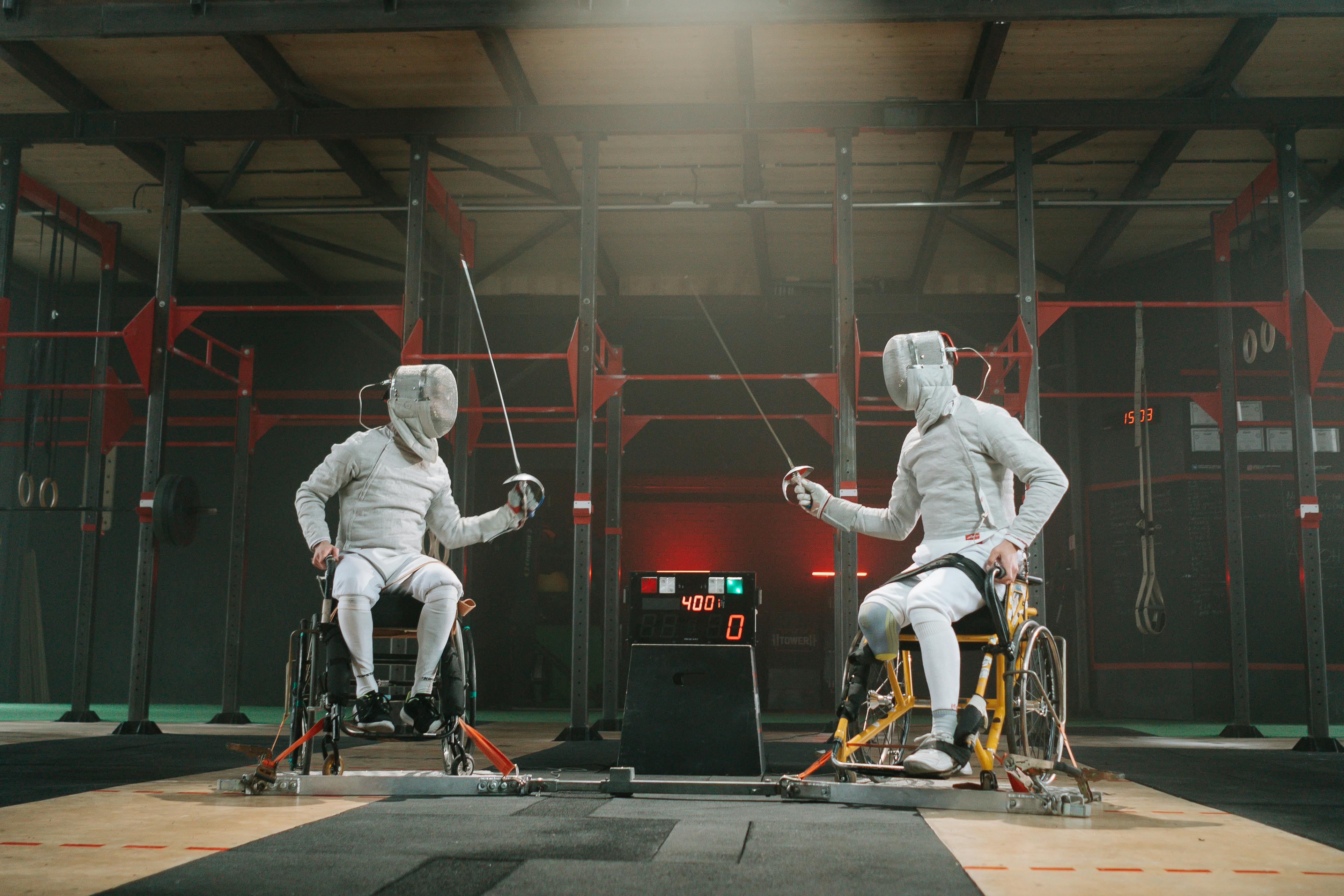Shifting Gears: The Shift from Traditional to On-Demand Manufacturing
Introduction: The manufacturing landscape is evolving. The shift from traditional manufacturing models to on-demand production is creating exciting opportunities and challenges in the industry. This article delves into the dynamics of this shift, its implications, and how businesses can navigate this transition.

The Traditional Manufacturing Model: A Historical Overview
Historically, the manufacturing sector has operated on a production-centric model. Manufacturers produced large quantities of goods in anticipation of demand, often resulting in excess inventory and waste. This approach, while effective in a stable market, has proven to be less efficient in today’s dynamic business environment.
On-demand Manufacturing: The New Kid on the Block
On-demand manufacturing is a production model where goods are produced only when an order is placed. This model significantly reduces the risk of overproduction and waste, leading to a more efficient and sustainable manufacturing process. The rise of advanced technologies like 3D printing and cloud computing has made on-demand manufacturing more feasible and attractive to businesses.
The Implications of the Shift: A Double-Edged Sword
While on-demand manufacturing offers several benefits, the shift also presents a set of challenges. On the one hand, businesses can achieve cost efficiency, reduce waste, and respond more quickly to market changes. On the other hand, they must adapt to new technologies, train staff, and manage supply chain complexities brought about by this shift.
Navigating the Transition: From Traditional to On-demand
Transitioning from a traditional to an on-demand manufacturing model is a complex process that requires strategic planning. Businesses need to invest in new technologies, train their workforce, and restructure their supply chains to accommodate this shift.
Practical Insights for Businesses
-
Understand your business needs: Before transitioning to on-demand manufacturing, it’s vital to understand if this model serves your business needs. Assess your current operations, forecast future demand, and evaluate the potential benefits and challenges.
-
Invest in technology: Technologies like 3D printing, cloud computing, and data analytics play a crucial role in on-demand manufacturing. Investing in these technologies can enable businesses to implement this model more effectively.
-
Training and development: The shift to on-demand manufacturing requires new skills and knowledge. Businesses must invest in training and development to equip their workforce with the necessary skills.
-
Manage supply chain complexities: On-demand manufacturing can create supply chain complexities due to its nature of producing goods as per demand. Effective supply chain management is key to navigating these complexities.
Conclusion
The shift from traditional to on-demand manufacturing represents a significant change in the manufacturing landscape. While this shift brings numerous benefits, it also presents challenges that require strategic planning and management. By understanding these dynamics, businesses can better navigate this transition and leverage the opportunities presented by on-demand manufacturing.





